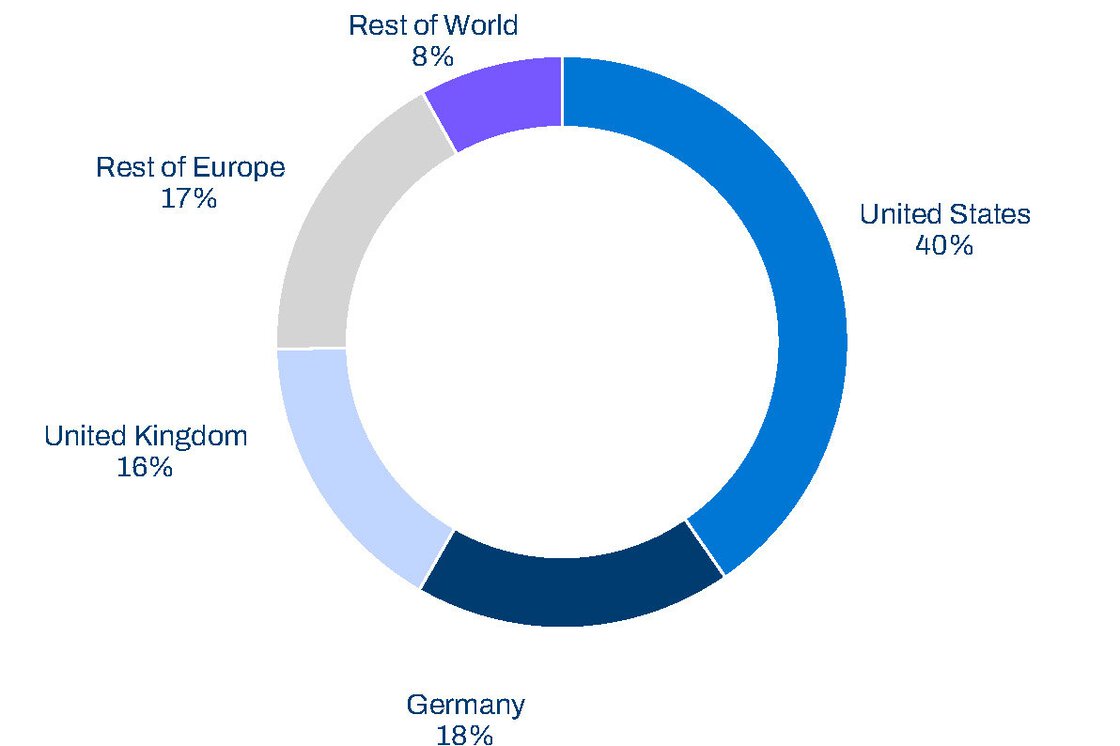Charts
Stock exchange listing
| Share class: | No-par-value registered shares |
| International Securities Identification Number (ISIN): | DE000 840 221 5 |
| Securities identification number: | 840 221 |
| Exchange listings: | Germany: All of the German stock exchanges as well as the Xetra trading system (Regulated market/prime standard: Xetra, Frankfurt, Hannover) USA: American Depositary Receipts |
| Ticker symbols: | Bloomberg: HNR1 Thomson Reuters: HNRGn ADR: HVRRY |
| Sector classification (Industry Classification Benchmark): | DowJones, STOXX and FTSE (ICB): Financials |
| First listed: | 30 November 1994 |
| Majority shareholder: | Talanx AG 50.2% |
| Free float: | 49.8% |
| Common shares as at 31 December 2024 | EUR 120,597,134.00, divided into 120,597,134 no-par-value registered shares |

